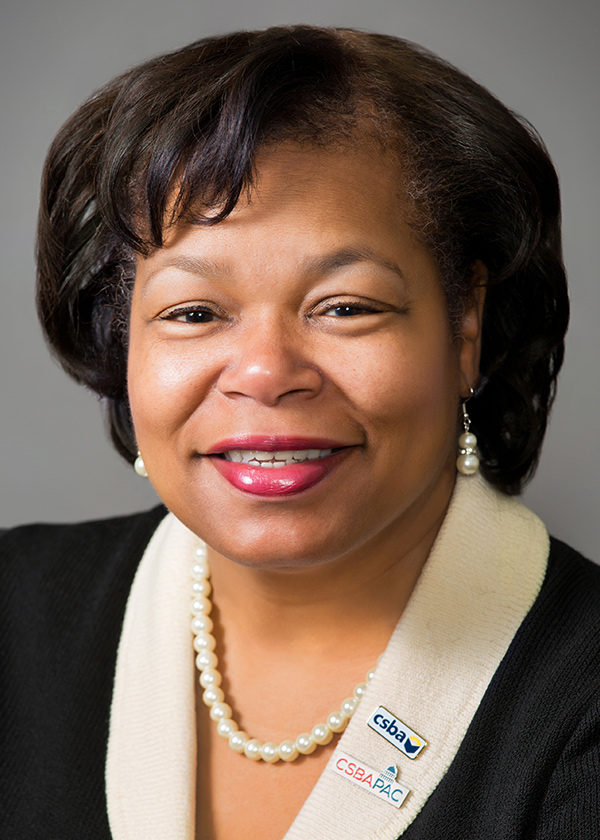
Graduation also offers a time for reflection as we look back on the just-completed school year and evaluate our work. Along with the pomp and circumstance — which we all need to inspire and recharge — it’s important to keep a close eye on academic achievement and whether our schools are making progress toward equitable outcomes for all students. I am reminded of this every year during the graduation ceremonies in my own district, La Mesa-Spring Valley School District, where individual targeted education for students, regardless of additional cost, is valued. And then again, when Johns Hopkins University and partner organization Civic released a highly anticipated report on national graduation rates in mid-June.
The 2019 edition of “Building a Grad Nation: Progress and Challenge in Raising High School Graduation Rates” contains some encouraging data: nationwide, the overall four-year graduation rate rose from 79 percent in 2011 to a record 84.6 percent in 2017 (the last year for which data is available). During this same period, graduation rates improved from 71 percent to 80 percent for Hispanic students, from 67 to 77.8 percent for black students, from 70 percent to 78.3 percent for low-income students and from 59 percent to 67.1 percent for students with disabilities.
In response to the idea that rising graduation rates reflect grade inflation more than they indicate improved student achievement, the research created a new index that considers both test scores and graduation statistics. Specifically, the index includes data from 2011 through 2017 and measures trends in graduation rates, proficiency on both the math and English language arts sections of the National Assessment of Educational Progress and the percentage of students scoring a 3 or higher on Advanced Placement exams during that period. Only three states out of the 50 — California, Florida and Georgia — improved in all four measures. Those results offer a resounding endorsement of the direction California has taken under the Local Control Funding Formula and also makes one wonder how much more progress we would have made if the state had properly funded public schools during this time.
The positive data in the report was also accompanied by some sobering conclusions. First, despite the gains, student outcomes remain grossly inequitable. While most students nationwide attend high schools with graduation rates above 90 percent, a subset of students — primarily, black, Latino and low-income students — attend high schools with graduation rates of 40 percent or below.
The report not only looked at national statistics, it disaggregated them by state and subgroup. California’s overall graduation rate of 82.7 percent trailed the national average of 84.6 percent. In addition, California’s 14.6 percent graduation gap between black and white students was well above the national average of 10.8 percent. In other key metrics, including those measuring the white–Hispanic graduation gap, as well as the graduation gaps between English learners and non-English leaners and students with and without disabilities, California bettered the national average.
So, while California is making progress, it’s clear that this progress is not distributed evenly or coming quickly enough. We need to redouble our efforts to identify the combination of factors inhibiting student achievement for underserved groups as well as the solutions that can accelerate student progress. At the same time, we need to intensify our efforts to secure the resources needed to educate our high-need student populations and allow all students to reach their full potential. Only then will we be able to embrace the annual ritual of graduations without a twinge of regret for those students who couldn’t make it. However, we should celebrate the progress. Congratulations to the 6.2 million California public school students for significantly increasing the graduation rate and the hardworking staff for supporting our students!